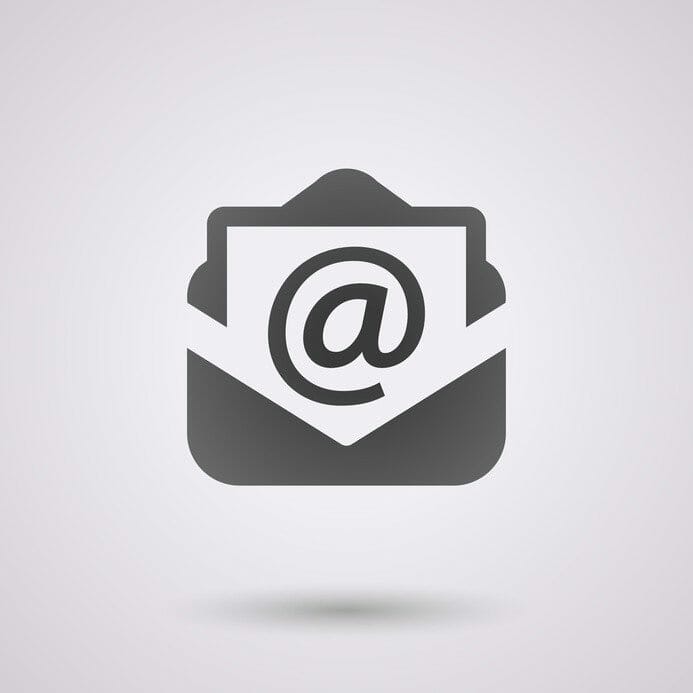Let’s face the facts: a large portion of the direct mail we send out ends up in the trash. Either it didn’t catch the eye of the intended recipient or a family member deemed it “junk mail.” Either way, that’s wasted money for your company, but there are some simple, effective changes you can make to your direct mail strategy that will help you beat the bin. We hope this article beats your bin.
Use simple, creative work
Back to basics. You’ve got a second or two before your customer decides whether or not he wants to read your direct mail. Remember the goals of advertising. The design should be geared toward getting customers to read your first line of copy. Your first line of copy should carry the piece’s entire message. Everything that follows is a deeper dive into your product. Stick to this formula.
Entertain, don’t sell
One of the cardinal rules of advertising is that our job usually isn’t to sell a product. Our direct mail may be a part of a brand awareness campaign or we may simply be continuing an existing relationship with one of our customers. It’s easy to get caught up with the prospect of using direct mail just as a selling tool. You might even see a higher ROI on a specific piece of direct mail if you try to hard sell your customer on a product or service in your first mailing. Don’t believe the numbers, in this case. Those customers were the low-hanging fruit. They were likely already planning to buy.
Instead, make your direct mail something worth opening every time you send it. If you provide entertaining, niche content for your audience, they’ll read your mail again and again. The J. Peterman catalog is a great example of a company that understands direct mail. Selling clothes in a catalog isn’t the easiest way to advertise your products these days, but when paired with creative stories about the history of the pieces, it’s worth reading, even if you weren’t considering the company for your next clothing purchase.
Become a niche mailer
If you sell widgets that are used in healthcare, education, real estate, and technology, you should have at least four variations on your mailer. Remember, just because your message appeals to one mailing list doesn’t mean it will work with all of them. Direct mail is one of the most segmentable forms of advertising. Use this to your advantage.
Always test everything
In addition to being highly segmentable, direct mail is also one of the most testable forms of advertising. You can drill down deeply into what works and what doesn’t with targeted mailings designed to provide robust analytics. Even if you’ve been analyzing your direct mail for years, your top direct mail piece is likely so far away from optimized that spending more on testing and analysis and less on mailing will earn you a higher ROI.
Relationships matter
Direct mail works best when you’ve already established a relationship with your reader. It’s a fantastic way to follow up to a purchase, as these direct mailings have a far higher likelihood of beating the bin. It’s less effective when there’s no context for the reader – why are you sending them mail?
Think like a magazine
Magazines are one of the oldest forms of direct mail, and for decades, they’ve been effective at commanding a customer’s attention for hours. Many magazines claim multiple read-throughs on average. Be thoughtful of a magazine’s benefits when building your direct mail piece and understand how customers consume information while at home. A great example of a company that does this well is Mental Floss, a bi-monthly direct mail catalog/magazine that pairs interesting, fun trivia with quirky home and office supplies, games, and toys. By providing engaging and entertaining content in a specific niche, they easily upsell customers to visiting their online store.
I'm the Director of Digital Services and Partner at Ballantine, a family-owned and operated direct mail & digital marketing company based in New Jersey. and started in 1966 by my great uncle!





